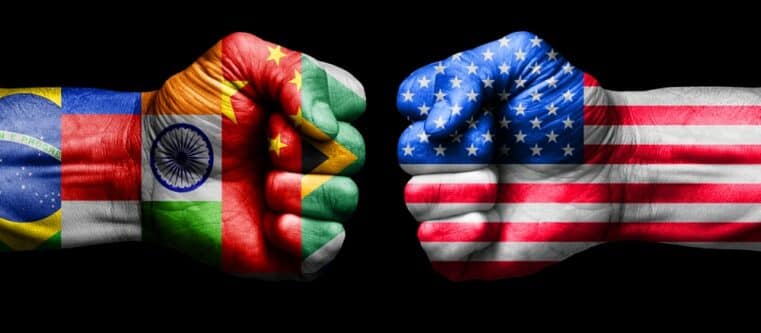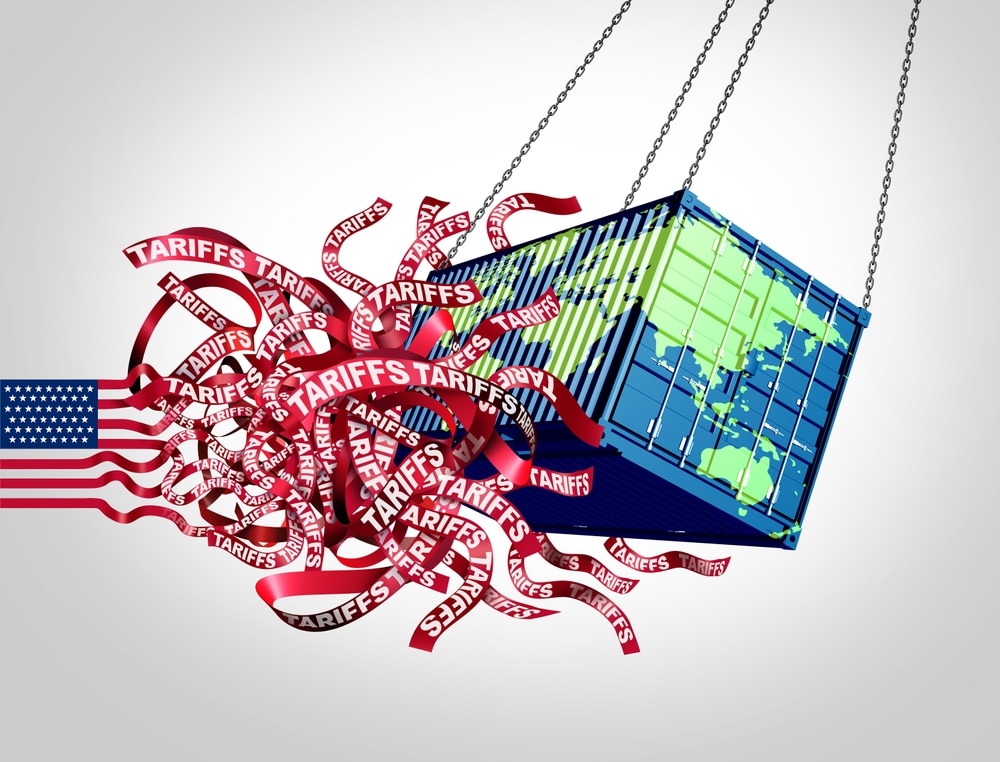
Copper and Pills: The Tariff Trap No One Is Talking About
Copper and Pills: The Tariff Trap No One Is Talking About
This week, President Trump’s administration took a sledgehammer to the global supply chains that keep American industry and hospitals running. Under the banner of “reshoring” and “protecting national security,” Washington is moving ahead with a 50% tariff on all copper imports and threatening an eye-watering 200% levy on imported pharmaceuticals.
Strip away the patriotic slogans, and you’ll find a strategy that risks unleashing inflation, economic paralysis, and dangerous shortages—while empowering the same corporate monopolies and federal agencies that got us here.
Here’s the hard look they won’t show you on cable news.
What Happened
In a Cabinet meeting staged for maximum headlines, Trump confirmed plans to hammer copper imports with a 50% tariff. Copper isn’t some niche commodity—it’s in your home wiring, your car, your smartphone, and every piece of renewable energy infrastructure politicians love to brag about. Futures traders didn’t waste time: prices spiked to historic highs within hours, a preview of what’s coming when the tariffs hit.
At the same time, the administration telegraphed a 200% tariff on foreign pharmaceuticals, citing “national security.” The official timeline is fuzzy—intentionally so—but agencies have already kicked off investigations into America’s reliance on imported medicines.
If this sounds familiar, it should. Washington has slapped tariffs on steel, aluminum, and cars under the same pretext, all while claiming it’s for your own good.
Why This Matters
Copper is the circulatory system of modern life. Last year alone, the U.S. imported $17 billion worth of it—much of it from Chile. With a tariff this extreme, almost every industry will pay more to keep the lights on and the assembly lines moving.
As for pharmaceuticals, you don’t need to be an economist to see the hazard. America imports huge volumes of generic drugs and active pharmaceutical ingredients. Even minor supply chain hiccups have caused shortages of antibiotics and cancer treatments. A 200% tariff doesn’t just “incentivize domestic production.” It practically guarantees a crisis in hospitals and pharmacies.
The Real-World Fallout
1. Inflationary Shock
Tariffs are taxes. Period. Companies that make cars, build houses, or assemble electronics can either eat the costs or shove them onto consumers. Copper futures are already up nearly 40% this year—and this is before the tariff even lands.
On the drug front, a 200% tariff will light a fire under prescription prices, forcing insurers and taxpayers to cover the gap. If you thought the inflation squeeze was bad now, buckle up.
2. Supply Chain Paralysis
You can’t wave a wand and conjure domestic copper mines or pharmaceutical plants. The environmental reviews, permitting, and regulatory approvals take years—assuming they happen at all.
Meanwhile, companies will hoard supplies, jack up bids, and scramble for contracts. What does that mean for you? Delays, shortages, and price gouging.
3. Erosion of U.S. Competitiveness
While American manufacturers pay inflated prices for copper and components, rivals in Europe and Asia will keep churning out cheaper goods. Tariffs don’t just hurt imports—they make exports less competitive.
Ask yourself: who benefits when American companies lose global market share? Spoiler—it isn’t you.
4. Commodity Price Volatility
Copper markets are already a playground for speculators. The tariff announcement turbocharged volatility, making it harder for honest businesses to plan procurement and control costs.
Infrastructure and renewable energy projects will be the first casualties—delayed, over-budget, or canceled outright.
5. Retaliation from Trading Partners
Chile, India, the EU—they won’t just swallow this quietly. They’ll slap counter-tariffs on U.S. exports: farm goods, machinery, consumer products. We’ve seen this movie before, and it doesn’t end well for American producers.
6. Investment Uncertainty
Business leaders keep telling Washington the same thing: policy chaos kills investment. When tariffs show up overnight, companies hit the brakes on expansion and hiring.
Pharmaceutical companies, especially, will think twice before committing billions to new domestic facilities if the rules are in constant flux.
7. Public Health and Security Risks
It’s the ultimate irony: in the name of “national security,” the government is manufacturing new vulnerabilities. Hospitals and clinics will pay more—or go without—when overseas suppliers disappear.
That’s not resilience. That’s bureaucratic malpractice.
The Bottom Line
Tariffs are a blunt weapon wielded by politicians desperate to look tough while ignoring the collateral damage.
Yes, strengthening domestic production is a worthy goal. But using sledgehammer tariffs on critical imports without a realistic plan for replacement is economic self-sabotage:
✅ Higher inflation that crushes households
✅ Broken supply chains and empty shelves
✅ Vanishing competitiveness in global markets
✅ Retaliation that punishes American farms and factories
✅ Paralyzing uncertainty for investors and workers
✅ Public health emergencies as drugs disappear
Don’t swallow the narrative. This isn’t about security—it’s about control. And the price will be paid by ordinary Americans, not the power brokers in D.C.
Take Action Now
Don’t wait for the next crisis to catch you off guard.
Download your free copy of Seven Steps to Protect Yourself from Bank Failure by Bill Brocius here.
Stay skeptical. Stay prepared. And never stop questioning the official story.











